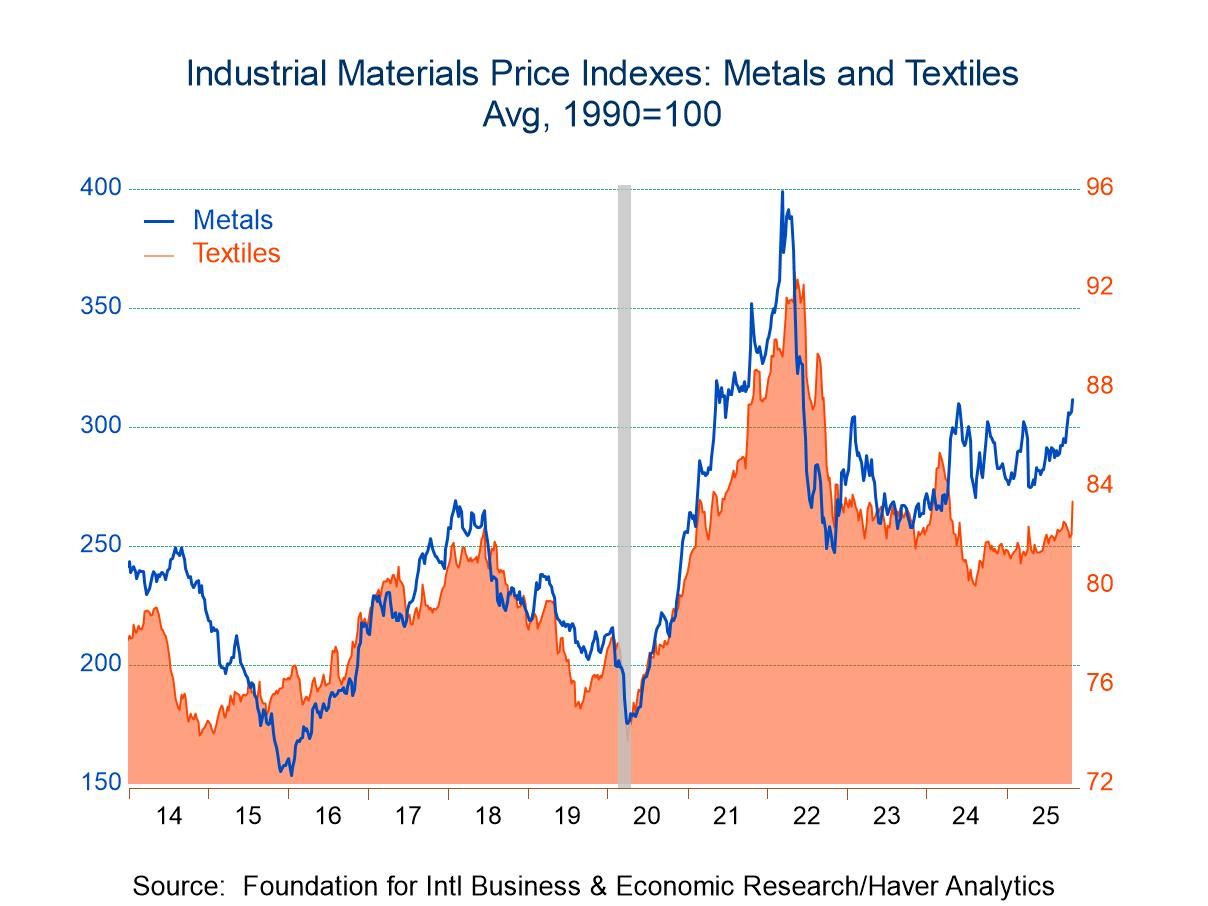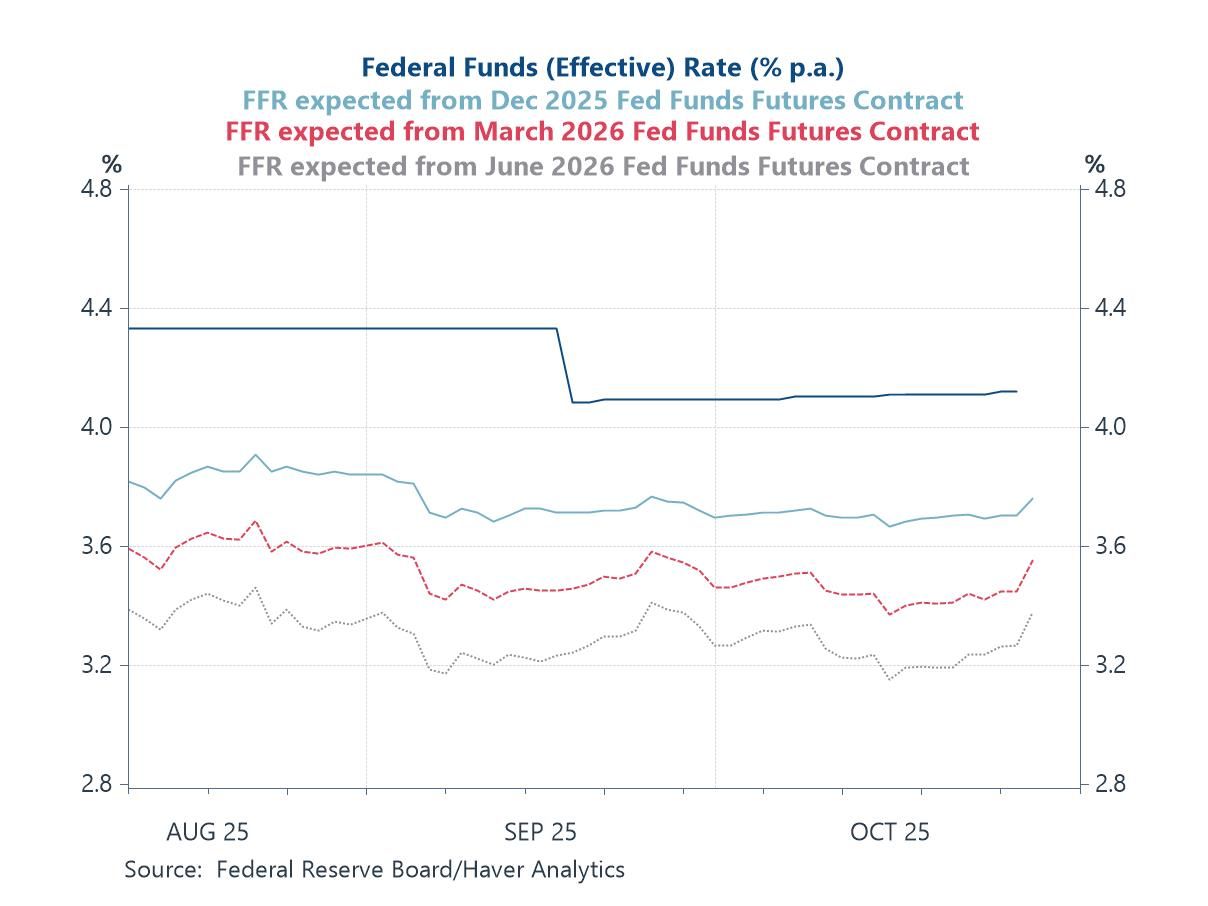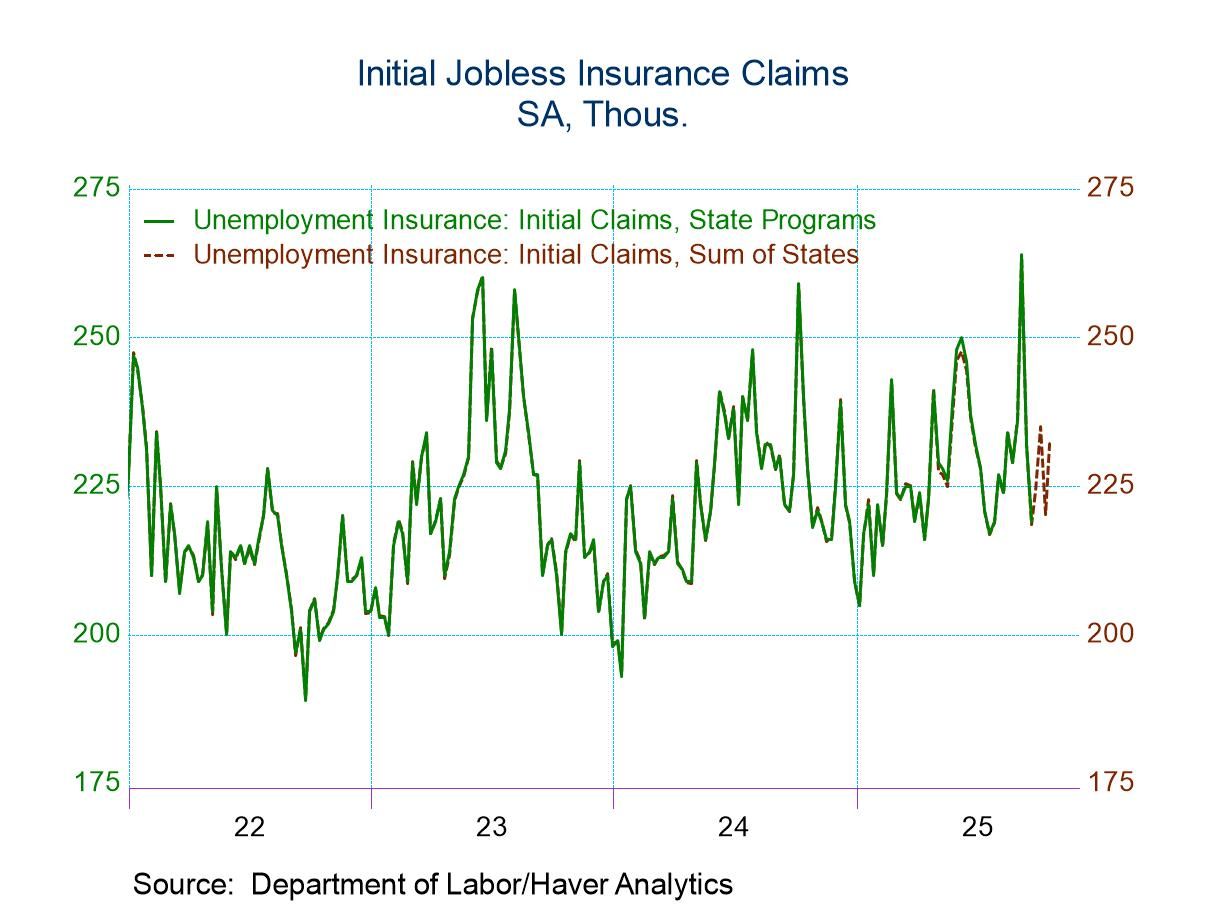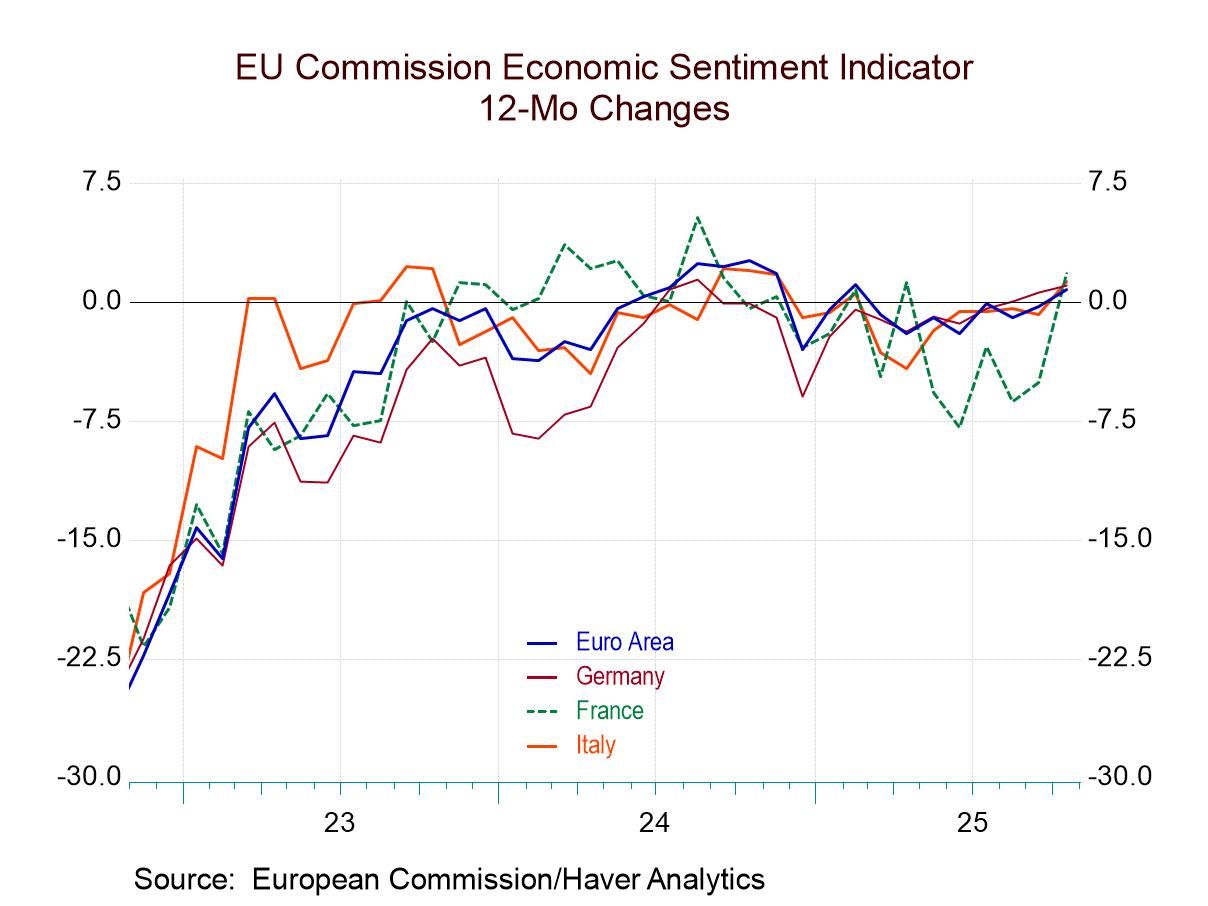U.S. Goods Trade Deficit Narrows in June
by:Sandy Batten
|in:Economy in Brief
Summary
• Lowest deficit since last November.
• Exports post fifth consecutive monthly rise while imports fell for third consecutive month.
• Marked narrowing in Q2 deficit points to meaningful contribution from net exports to Q2 GDP.


The advance estimate of the U.S. international trade deficit in goods narrowed to $98.2 billion in June from $104.0 billion in May. This was the third consecutive month in which the goods deficit has narrowed. A $102.5 billion deficit had been expected by the Action Economics Forecast Survey. For all of Q2, the goods trade deficit was $309.0 billion, a marked narrowing from $338.8 in Q1. This decline in the deficit during Q2 points to net exports adding more than 1%-point to overall GDP growth after having subtracted 3.2%-points in Q1.
In June, total exports rose 2.5% m/m (24.6% y/y), their fifth consecutive monthly advance, following a 1.5% m/m gain in May. Since January, exports have risen 16.3%. Total imports slipped 0.5% m/m (+18.4% y/y), their third consecutive monthly decline, after a downwardly revised 0.04% m/m fall in May. Imports have fallen 4.9% in the past three months.
The rise in exports in June was concentrated in foods, feeds and beverages (+5.3% m/m) and industrial supplies and materials (+6.5% m/m). Exports in the remaining major categories fell, led by a 3.6% m/m drop in exports of automotive vehicles and parts. Capital goods exports excluding autos declined 1.0% m/m in June.
The decline in imports in June was due to a 7.8% m/m drop in auto imports and a 1.1% m/m decline in imports of food, feeds and beverages. Imports in the remaining major categories rose, led by 1.3% m/m gain in "other" imports. Capital goods imports excluding autos increased 0.9% m/m following two consecutive monthly declines.
The advance international trade data can be found in Haver's USECON database. The expectation figure is from the Action Economics Forecast Survey, which is in AS1REPNA.
Sandy Batten
AuthorMore in Author Profile »Sandy Batten has more than 30 years of experience analyzing industrial economies and financial markets and a wide range of experience across the financial services sector, government, and academia. Before joining Haver Analytics, Sandy was a Vice President and Senior Economist at Citibank; Senior Credit Market Analyst at CDC Investment Management, Managing Director at Bear Stearns, and Executive Director at JPMorgan. In 2008, Sandy was named the most accurate US forecaster by the National Association for Business Economics. He is a member of the New York Forecasters Club, NABE, and the American Economic Association. Prior to his time in the financial services sector, Sandy was a Research Officer at the Federal Reserve Bank of St. Louis, Senior Staff Economist on the President’s Council of Economic Advisors, Deputy Assistant Secretary for Economic Policy at the US Treasury, and Economist at the International Monetary Fund. Sandy has taught economics at St. Louis University, Denison University, and Muskingun College. He has published numerous peer-reviewed articles in a wide range of academic publications. He has a B.A. in economics from the University of Richmond and a M.A. and Ph.D. in economics from The Ohio State University.





 Global
Global
